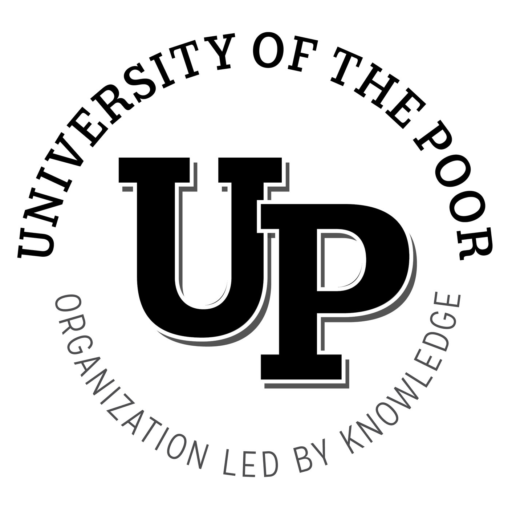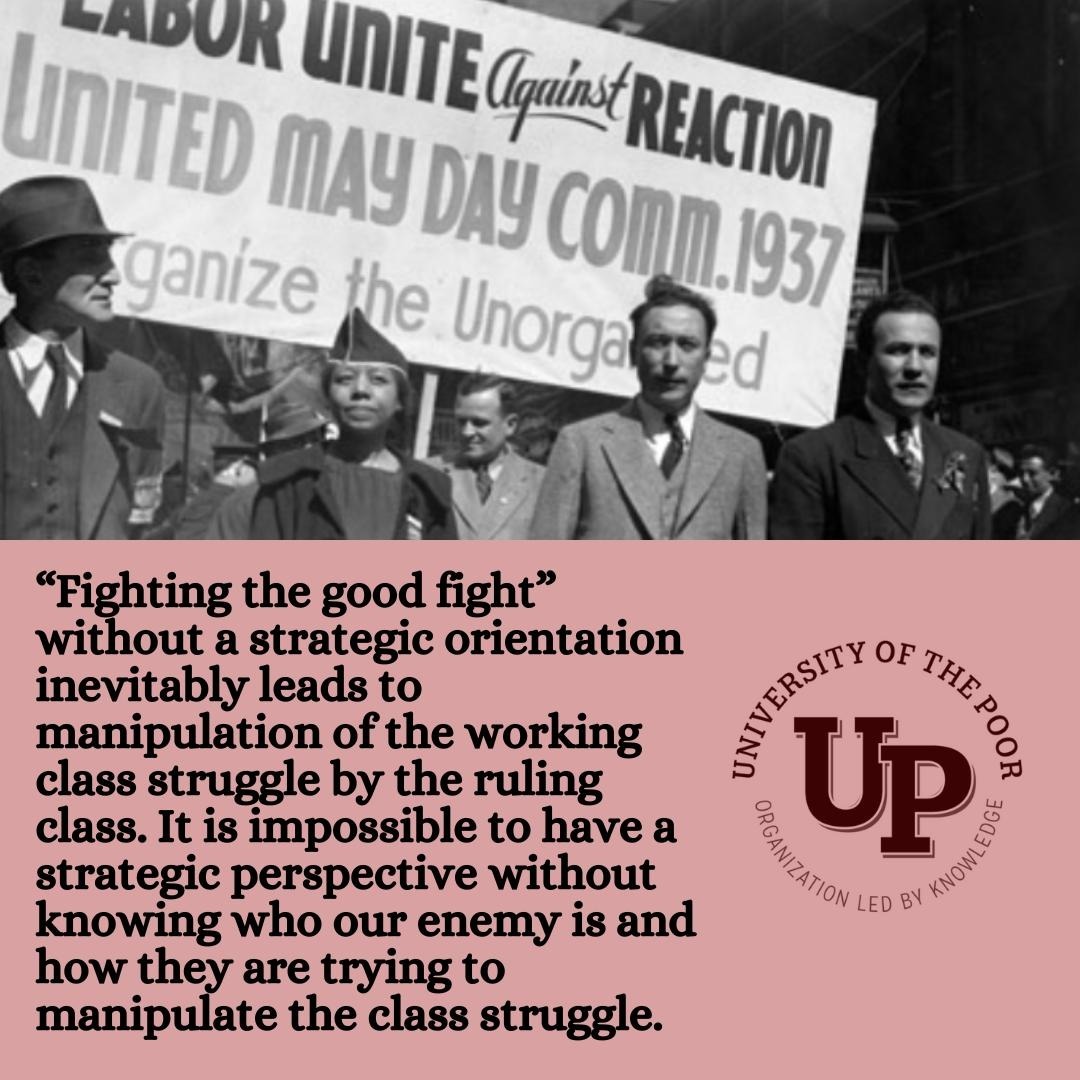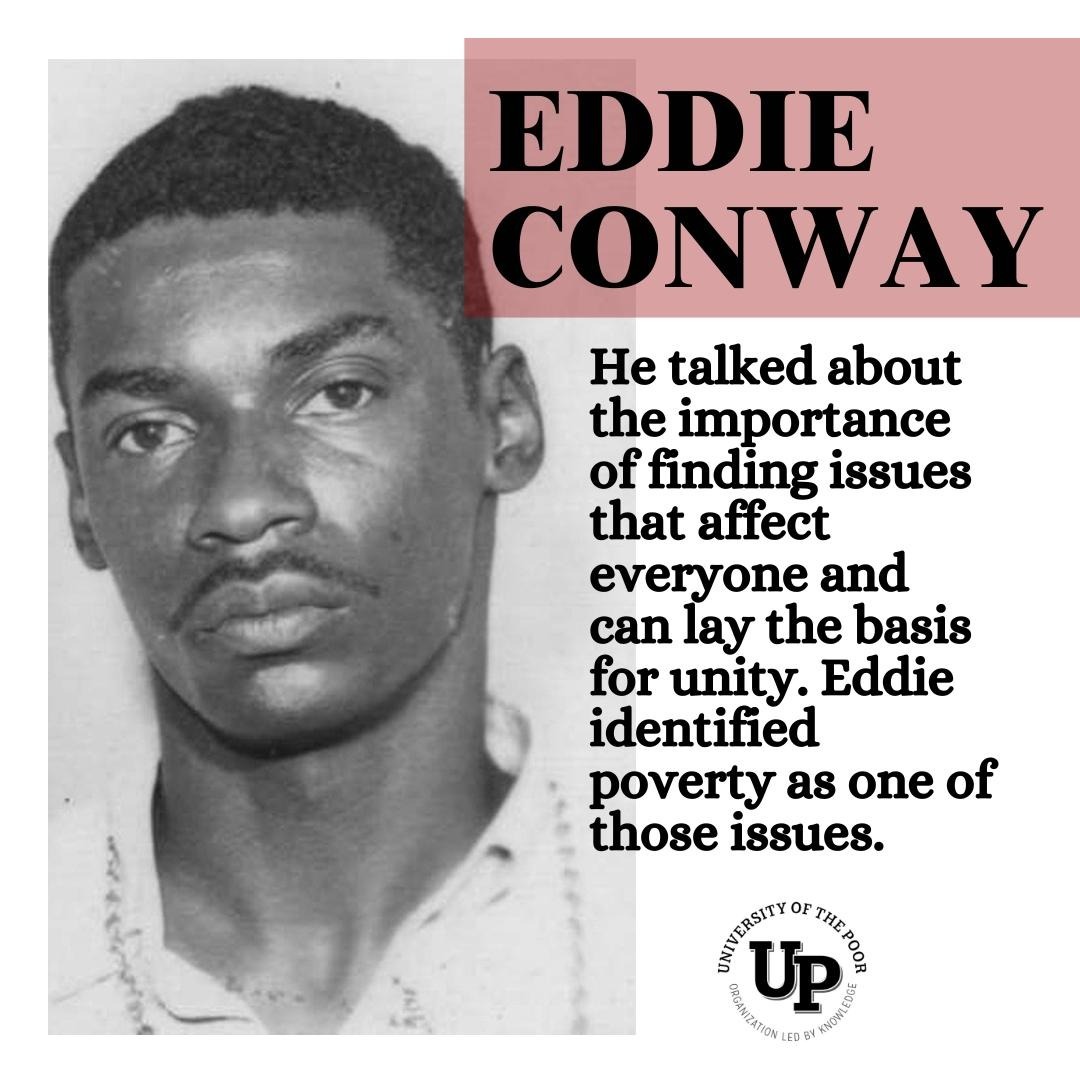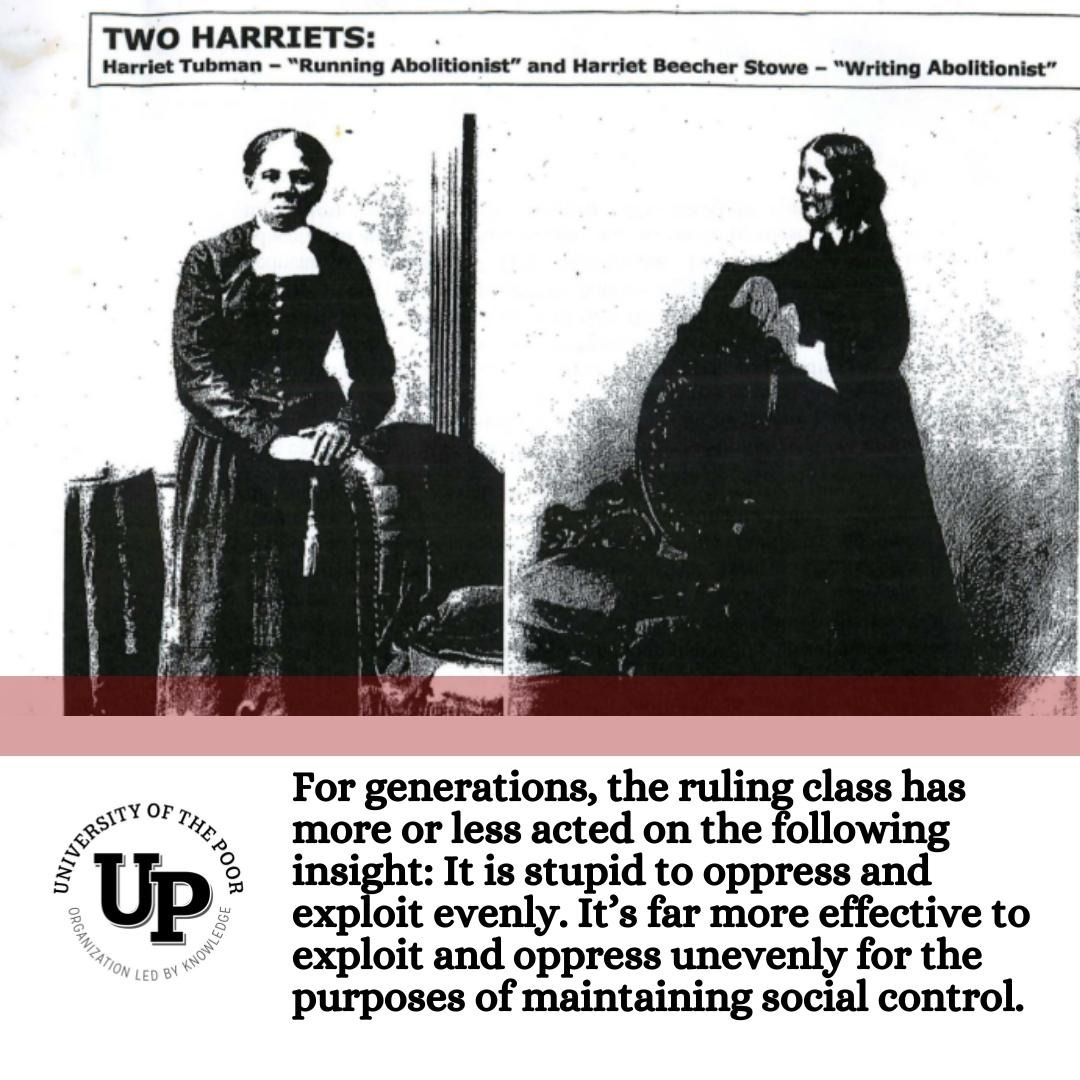By Lenny Brody
Revolutionaries and activists in the United States often look to the 1930s for lessons about class struggle, methods of organizing, and the fight for political power. What were the actual “victories” won, and what were the “defeats” suffered during this period? It is important to not simply see the 30s as the “glory days” of fighting the “good fight.”
One of the keys to understanding the experience of the struggles of the 1930s involves grasping the role revolutionaries need to play within the class struggle, and the distinction between mass organizations and mass struggles on the one hand, and organizations of revolutionaries on the other hand. Mass organizations, by definition, need to be broad based and open to all who agree with the issues and program of the mass organization. The role of revolutionaries in those organizations is to keep the struggle on track, while carrying out the program of the mass organization. Often, ruling class forces or confused activists will try to divert the mass struggles in such a way that will end up in the defeat or dispersal of the struggle.
In order for revolutionaries to carry out their role, they need to belong to a distinct organization of revolutionaries where they can sum up the experience of the class struggle, study the economic and political conditions facing our class, and develop a deep understanding of who our enemy is and what they are trying to do. Revolutionaries must be embedded within the mass organizations, so that they get an understanding of the state and stage of the mass movement; it is within the movement that they can find other revolutionaries and together join an organization of revolutionaries to further develop themselves politically. In the 1930s, revolutionaries, some within the Communist Party USA (CPUSA) and some without, were unable to adequately play the role they needed to play within the mass struggle in large part because they failed to fully grasp the bigger picture of the political and economic conditions that were unfolding around them.
The economic and political crisis referred to as the Great Depression (1929 to 1939) saw unemployment rise to 25%, homeless encampments spread across the country, and hunger and poverty grow to massive proportions. Workers and farmers were forced to organize and fight for their basic needs for survival. It was during this time and under these conditions that revolutionaries, including communists, emerged as many of the key organizers of these survival struggles. The economic conditions and the struggles of workers and farmers led to a number of reforms, collectively known as the New Deal and instituted by the administration of President Roosevelt. To deal with massive unemployment, the Works Progress Administration (WPA) and the Civilian Conservation Corps (CCC) provided emergency aid and millions of temporary jobs; the National Recovery Act established industrial codes governing working hours, wages, child labor, and collective bargaining; farming programs, including cash subsidies, were established; and the Wagner Act of 1935 strengthened union organizing and the new National Labor Relations Board regulated work-place standards.
On the one hand, these reforms, won through militant and heroic struggle, were seen by many as important victories for the working class that forced the ruling class to make significant concessions through the New Deal. On the other hand, the ruling class saw these concessions as a means to stop further revolutionary action that may have threatened their political control and class rule. There can be no doubt that many of the immediate demands that were won by workers in the 1930s were of great importance in their fight to survive the life-threatening conditions of the times. However, what was missing was a collective understanding that those struggles needed to lay the basis for the complete political independence of the working class, through political education and eventually a mass party of the working class. Instead, these struggles ultimately set the stage for the strengthening and consolidation of power by the dominant section of the capitalist class, and for the future defeats of the working class.
“Fighting the good fight” without a strategic orientation inevitably leads to manipulation of the working class struggle by the ruling class. It is impossible to have a strategic perspective without knowing who our enemy is and how they are trying to manipulate the class struggle.
At different periods of American history different sections of the capitalist class have come to dominate the running of the country. From the early days of the US to the 1850s, slave capital was dominant. From the mid 1800s to the early 1900s railroad, finance and industrial capital was dominant. In the early years of the 1900s, the industrialists, the owners of the large factories, emerged to control the politics of the U.S.
During the 1930s and World War II, the international financial section (Wall Street) of the ruling class became dominant. It was during this period that the fight between the nationally based industrial sector of the capitalist class and the rising financial sector impacted the political conditions and shaped the political struggles. The industrial sector, which was historically more tied to the Republican Party, was in direct competition with the ascendant international finance sector with its ties to Roosevelt and the Democratic Party. (See “Industrial Conflict and the Coming of the New Deal: The Triumph of Multinational Liberalism in America” by Thomas Ferguson, in “The Rise and Fall of the New Deal Order” by Steve Fraser and Gary Gerstle.)
It was during the 1930s that the Council on Foreign Relations (CFR) began to emerge as the dominant think tank and policy innovator for Wall Street. Today, the CFR is run directly by members of the capitalist class. The same was true in the 1930s. The clearest example was the leadership of David Rockefeller, who was the Chairman and CEO of Chase Manhattan Corporation. He was on the Board of Directors of the CFR from 1949 to 1985, the Chairman of the Board from 1970 to 1985, and the Emeritus Chairman from 1985 until his death in 2017. Today, there are 170 corporate members of the CFR including over 30 international corporate members. There are another 5,000 members that are drawn from the capitalist class and from experts and leaders they have selected. To be a member, you have to be nominated by present members. (See “Wall Street’s Think Tank” by Larry Shoup)
Revolutionaries in the 1930s by-and-large failed to recognize the significance of the struggle for political power that was playing out between the international financiers and the industrial section of the ruling class. In the class struggles of the 1930s, revolutionaries were unable to organize a politically independent base. Instead, they led these struggles primarily in relationship to the Democratic Party, inadvertently supporting Wall Street in their battles with the industrialists. In the process, Roosevelt and his New Deal Coalition were supported unconditionally. Revolutionaries followed the backward union “leaders” in the Congress of Industrial Organizations (CIO), who these revolutionaries claimed weren’t “convinced” of the need to support independent political actions. In part, it was their lack of study and understanding of the economic and political conditions they were facing that allowed for this failure.
At the time, across the United States, there were a number of working class struggles that were moving in the direction of political independence. In California, the radical author Upton Sinclair helped to organize almost 800 EPIC clubs (End Poverty in California). But President Roosevelt refused to endorse Sinclair for governor, even though he was the Democratic Party nominee, and revolutionaries failed to use the base of the EPIC clubs to build an independent working class party. Meanwhile, in the midwest agricultural areas, Farmer-Labor parties in several states were growing. And in the factories and urban communities, workers were waging militant struggles. And yet, too many revolutionaries blocked these independent impulses and in the process strengthened the Democratic Party of the ruling class. In Minnesota, communists even led the dissolution of the Farmer-Labor Party as it merged into the Democratic Party.
Around the world, revolutionaries were struggling to find their way in the fight against the economic depression and the political danger of fascism. In 1935, Georgi Dimitrov, General Secretary of the Communist International, urged “that the interests of the American proletariat demand that all its forces dissociate themselves from the capitalist parties without delay.” And, “that under American conditions the creation of a mass party of working people, a “Workers’ and Farmers’ Party,” might serve as such a suitable form.” (See “The Fascist Offensive and the Tasks of the Communist International,” Georgi Dimitrov) The CPUSA rejected this guidance.
By the early 1930s, the CPUSA had grown to be a dominant force within the insurgent labor movement, with party leaders active all across the country. But by the late 1930s, the CPUSA began to dismantle aspects of their party. The leadership abolished the “fractions” or caucuses of party members within the labor movement. In 1944, the leaders of the CPUSA decided that there was no need for a communist party all together. They dissolved the CPUSA and formed the “Communist Political Association.” The political outlook was that Roosevelt’s Democratic Party and the “progressive” section of the capitalist class could and should lead the American working class. Within a year, under pressure from the international communist movement, the CPUSA was reestablished.
The bitter fruit of these errors by the leaders of the working class struggles of the 1930s became obvious by the late 1940s. All US unions had been purged of communists and other radicals. Virtually every union had a clause in its constitution banning communists from membership in the union. The leadership of the Communist Party had dissolved the party apparatus in the American South and Puerto Rico, abandoning political activity in these important areas. In the 1950s, “McCarthyism,” a massive anti-communist campaign by the ruling class, swept across the country. One result of the heroic, but limited struggles of the 1930s: the CPUSA and other revolutionary organizations were virtually destroyed. The Democratic Party, a ruling class party, emerged as the leadership of the unions and mass organizations of the working class.
One of the most serious errors revolutionaries can make is not understanding who the enemy is. The fact that a section of the ruling class, the financial wing (Wall Street), took progressive positions in the fight against the conservatives and fascists in the US led revolutionaries to lose sight of the fact that Wall Street is a section of the ruling class, and an enemy of the working class. This is not to say that revolutionaries should never compromise with ruling class elements. But principled compromise is impossible without a deep knowledge of the enemy that you are compromising with. This lack of understanding that the Democratic Party was a ruling class party, and the refusal of revolutionaries to see the need for the political independence of the working class and for a mass working class party, helped lead to the defeats of the late 1940s and 1950s.
Furthermore, we must note that although in the 1930s revolutionaries and communists were the most active fighters in the battle to organize unions, against evictions and in other struggles, they had certain limitations. Joseph Starobin, a historian and former CPUSA member, writes, “The Communists had taken the line of least resistance. A gap had arisen between their ability to gain leadership positions in huge organizations and their ability to build within those organizations a solid corps of left wingers. It had proved easier to become a leader of “masses” than to build a “mass base.” (See “American Communism in Crisis, 1943-1957” by Joseph Starobin) It was under these conditions, where the communist leaders didn’t build a network of revolutionaries within the mass organizations, that it was relatively easy for the ruling class to slander and purge communists from the unions and mass organizations.
Today, communists and revolutionaries find themselves facing very complex economic and political conditions. It is impossible to participate within the emerging class struggles without a deep knowledge of who the enemy is and what their strategy is. This demands a collective network of trained revolutionary cadre who can help provide leadership within the mass movements of our class.The globalization of capitalism is increasingly leading toward the emergence of a global class of the poor and dispossessed facing a class of global capitalists. Within the US, the representatives of global capital are in battle with a reactionary “populist” section of the ruling class (Trump and MAGA). The “liberal” global capitalists are organizing a “progressive” united front, under their leadership, to fight the rightwing populists. At various times in history, we find that the working class is pulled into a fight with a section of the ruling class (the populists), and instead of fighting in their own interest, they end up “fighting the enemy of their enemy,” or “uniting to fight the right.”
Today, the Democratic Party is losing its ability to control poor and propertyless Americans. Differences within the Democratic Party are widening. The potential of a party representing the propertyless is beginning to emerge. Under these political conditions, the way we fight in order to lay the basis for the political independence of our class, and how we know when to enter into compromise with our class enemy, cannot be accomplished without a core of politically trained revolutionary cadre. Without this core of revolutionaries, our class may very well end up facing the same situation we faced in the 1950s.
Lenny Brody has been politically active since the early 1960s. During the mid-1960s he was a volunteer with the Southern Christian Leadership Conference, the civil rights organization led by Dr. Martin Luther King, Jr. in South Carolina. As part of his activities in protest of the Vietnam War he refused induction into the Army. He was a founding member of the Communist Labor Party and has studied economics and theories of political change while continuing his political activism. Currently he is one of the coordinators of the University of the Poor Think Tank and a member of the University of the Poor Journal Editorial Committee.




much thanks a Lenny for delineating the field of battle so clearly.